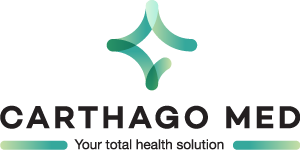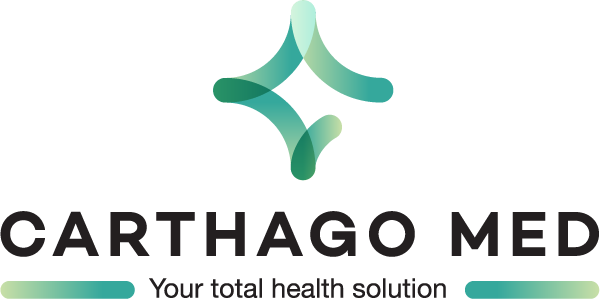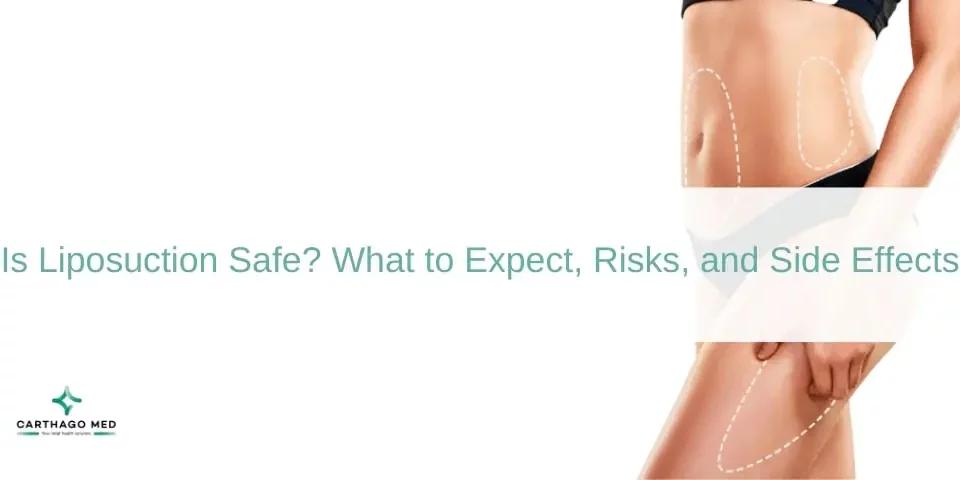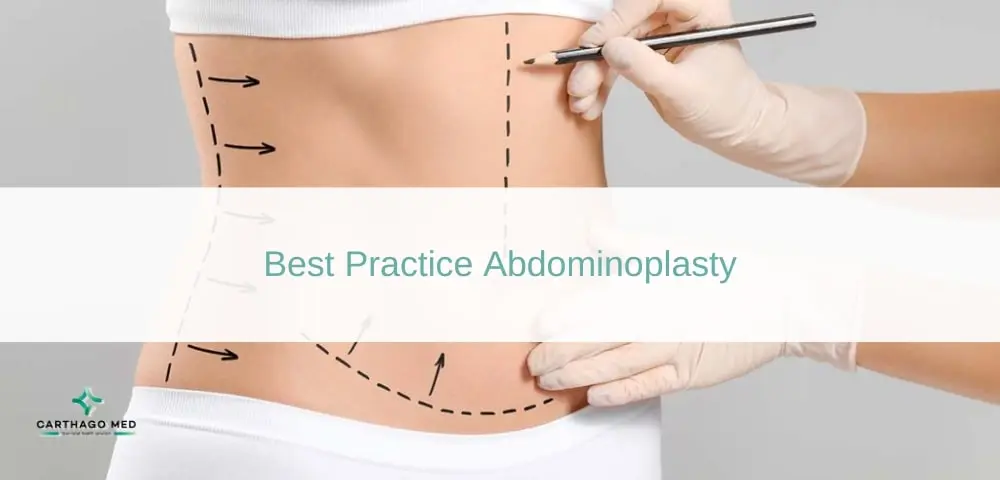
Best Practices for Abdominoplasty
Abdominoplasty, commonly known as a tummy tuck, is a highly sought-after surgical procedure designed to enhance the appearance of the abdomen. To ensure the best possible outcomes and patient satisfaction, several best practices are recommended. Here, we explore these practices in detail.
What is an Abdominoplasty?
An abdominoplasty, commonly known as a tummy tuck, is a cosmetic surgical procedure designed to enhance the appearance of the abdomen. It involves removing excess skin and fat, and in many cases, tightening the underlying abdominal muscles to create a smoother, firmer midsection. This procedure is particularly beneficial for individuals who have experienced significant weight loss, pregnancy, or aging, leading to sagging skin and weakened muscles that are resistant to diet and exercise. By addressing these issues, an abdominoplasty can help patients achieve a flatter, more toned abdomen, improving both their physical appearance and overall self-confidence.
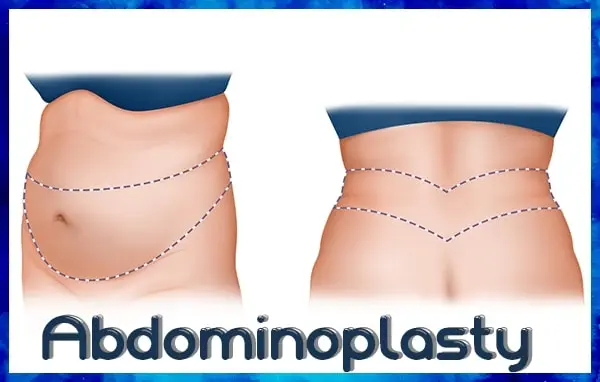
1. Use of Liposuction in Conjunction with an Abdominoplasty
Combining liposuction with abdominoplasty can significantly improve contouring results. While abdominoplasty addresses excess skin and tightens abdominal muscles, liposuction targets stubborn fat deposits that might not be removed through the tummy tuck alone. This combination allows for more precise shaping of the abdominal area, leading to a smoother and more aesthetically pleasing outcome. For instance, liposuction can be used to sculpt the flanks, love handles, and upper abdomen, providing a more comprehensive transformation.
2. Inclusion of a Mons Lift During the Abdominoplasty Surgery
A mons lift, which addresses the sagging of the pubic area, can be included during an abdominoplasty to create a more balanced and harmonious look. Often, patients undergoing a tummy tuck may have excess skin or fat in the mons pubis (the area above the pubic bone). By incorporating a mons lift, surgeons can ensure that the entire lower abdominal region appears taut and youthful. This addition enhances the overall results and contributes to a more aesthetically pleasing outcome.
3. Use of Permanent Deep Muscular Repair of Stomach Muscles
Repairing the abdominal muscles during a tummy tuck is crucial, especially for patients with diastasis recti (separation of the abdominal muscles). Permanent deep muscular repair involves suturing the separated muscles back together, creating a firmer and more supportive abdominal wall. This repair not only improves the contour of the abdomen but also strengthens the core, enhances posture, and alleviates back pain associated with weakened abdominal muscles. The technique ensures long-lasting results and contributes to a more defined and toned midsection.
4. Placing the Incision Scars as Low as Possible
Strategically placing the incision scars as low as possible allows them to be easily concealed by underwear or swimwear. Surgeons aim to make the scars as inconspicuous as possible, enhancing patient confidence and satisfaction with their appearance post-surgery. By placing the incision within the natural crease of the lower abdomen, surgeons can minimize the visibility of scars and ensure that they lie flat and smooth against the skin. This careful placement is a key aspect of achieving optimal cosmetic results.
5. Belly Button Placement and Design
A natural-looking belly button is essential for a successful abdominoplasty. Surgeons carefully plan the placement and design of the new belly button to ensure it appears aesthetically pleasing and proportionate to the patient’s abdomen. Techniques such as the “neo-umbilicoplasty” can create a more realistic and attractive belly button. This involves meticulous suturing and shaping to mimic the natural appearance of the navel, which significantly enhances the overall look of the abdominal area.
6. Pain-Free or Minimal Pain Recovery
Advances in pain management techniques have made recovery from abdominoplasty much more comfortable. The use of long-lasting local anesthetics, pain pumps, and multimodal analgesia has significantly reduced postoperative pain. Surgeons prioritize minimizing pain to ensure a smoother and faster recovery process for their patients. By addressing pain effectively, patients can mobilize sooner, reduce the risk of complications, and return to their daily activities more quickly.
7. The Tendency Towards ‘Drain Less’ Surgery
Avoiding the use of drains where possible has become a trend in modern abdominoplasty procedures. Drains, which were traditionally used to prevent fluid accumulation, can be uncomfortable and inconvenient for patients. Instead, surgeons use advanced suturing techniques and tissue adhesives to reduce fluid buildup, promoting a quicker and more comfortable recovery. The “drain-less” approach enhances patient satisfaction and reduces the risk of infection and other complications associated with drains.
8. Get Moving but Take it Easy – Early Mobilisation Helps
Encouraging patients to begin gentle movements soon after surgery aids in reducing the risk of complications such as blood clots and promotes better circulation. Early mobilization helps improve overall recovery by enhancing blood flow, reducing swelling, and promoting healing. However, it’s important for patients to take it easy and avoid strenuous activities to allow proper healing. Gradual increases in activity, guided by the surgeon’s recommendations, can optimize recovery outcomes.
9. Minimizing Abdominoplasty Scars
To minimize scarring, surgeons employ meticulous surgical techniques and provide patients with post-operative care instructions. This includes the use of silicone sheets, scar creams, and proper wound care to enhance scar healing. Additionally, keeping the scars protected from sun exposure and following a healthy lifestyle contribute to better scar outcomes. Techniques such as tension-free suturing and precise incision closure play a crucial role in achieving minimal and aesthetically pleasing scars.
The use of Lasers to minimise Scars and reduce redness faster
The use of lasers to minimize scars and reduce redness faster is a cutting-edge advancement in cosmetic surgery and dermatology. Laser therapy can effectively target and break down scar tissue, promoting collagen production and accelerating the skin’s natural healing process. By using precise laser wavelengths, this treatment reduces the appearance of scars and redness, leading to smoother, more evenly toned skin. Additionally, laser treatments can be customized to suit different skin types and scar conditions, offering a versatile and efficient solution for patients seeking to enhance their recovery and achieve optimal aesthetic results after procedures like abdominoplasty.







